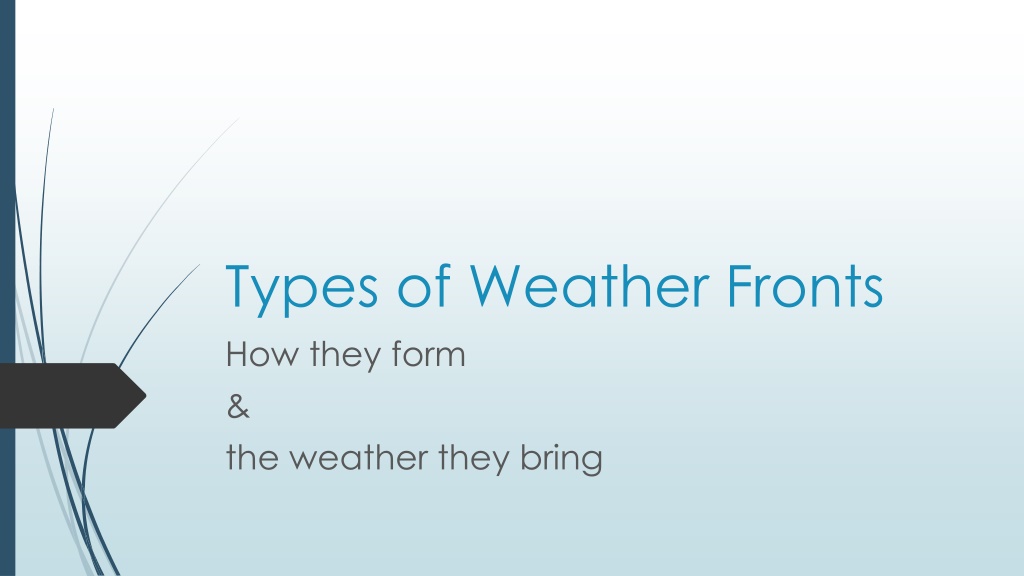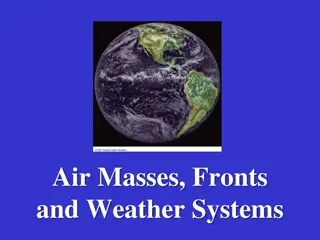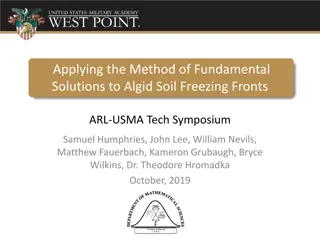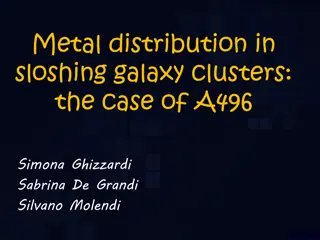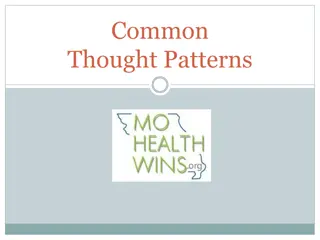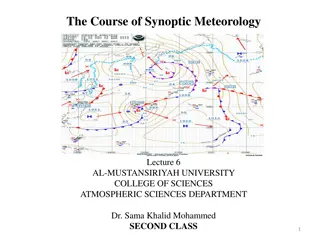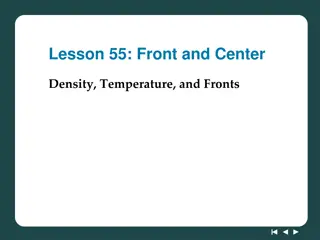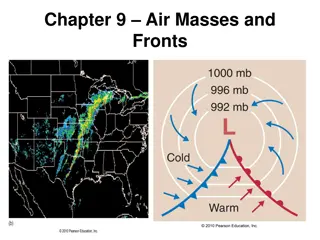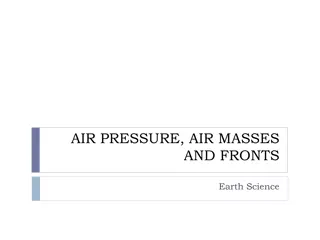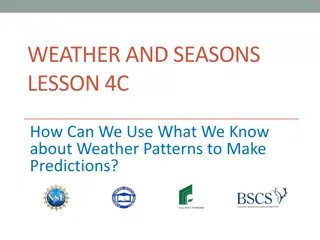Understanding Weather Fronts: How They Form and Impact Weather Patterns
Weather fronts, including cold fronts, warm fronts, stationary fronts, and occluded fronts, play a crucial role in influencing weather patterns. Cold fronts bring quick storms with heavy rain and thunder, while warm fronts lead to gentle rain followed by milder weather. Stationary fronts result in prolonged periods of rain as warm and cold air masses collide but neither moves the other. By understanding these different types of weather fronts, we can better predict and prepare for various weather conditions.
Uploaded on Sep 17, 2024 | 0 Views
Download Presentation

Please find below an Image/Link to download the presentation.
The content on the website is provided AS IS for your information and personal use only. It may not be sold, licensed, or shared on other websites without obtaining consent from the author. Download presentation by click this link. If you encounter any issues during the download, it is possible that the publisher has removed the file from their server.
E N D
Presentation Transcript
Types of Weather Fronts How they form & the weather they bring
Have you ever wondered why we get certain kinds of weather cloudy days with lots of rain sudden storms, then cooler weather ?
All weather happens because of the 4 types of fronts & how they interact: Cold Fronts Warm Fronts Stationary Fronts Occluded Fronts
Cold Fronts Forms when a cold air mass pushes under a warm air mass, forcing the warm air to rise. Cold, dense, quick moving runs into slower warm air, quick storms
On a weather map, you would see: Cold Front
Weather brought by a cold front: Clouds called thunderheads can form as the moisture rises, cools & condenses. A brief thunderstorm may occur with heavy rain, gusty winds, thunder, lightning, hail followed by cool, fair weather.
Warm Fronts Forms when a moist, warm air mass slides up and over a cold air mass. Slow, less dense warm air brings scattered clouds, fog, rain long term
Weather brought by a warm front: Warm air rises & condenses into a broad area of clouds. A warm front brings gentle rain or light snow followed by warmer, milder weather.
Cold Front Warm Front
Stationary Front Forms when warm & cold air meet & neither has the force to move the other. They stand still. Rain stalls out and stays for several days
Weather brought by a stationary front: Clouds and fog form It might rain or snow Clouds & precipitation last several days
Occluded Front Forms when a warm air mass gets trapped between two cold air masses. The warm air rises as the cold air masses push to meet in the middle.
On a weather map, you would see: Occluded Front
Weather brought by an occluded front: The temperature drops as the warm air mass is cut off from the ground & pushed upward. Can bring strong winds & heavy precipitation.
Animated Fronts Video (comes from our online textbook under Active Art!) https://www.youtube.com/watch?v=fdSWC5hYI0U
